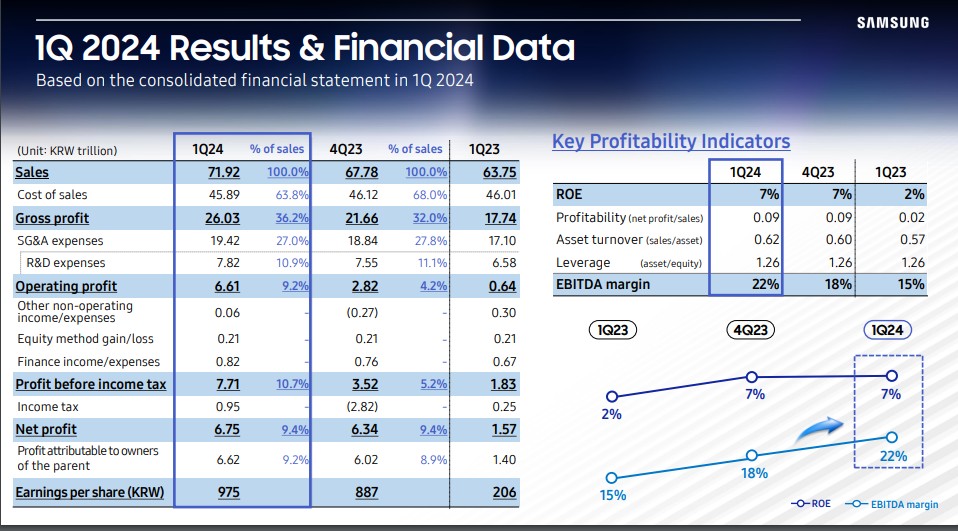In a groundbreaking development, researchers at the University of Technology Sydney’s GrapheneX-UTS Human-centric Artificial Intelligence Centre have achieved a major milestone in the realm of mind-reading technology. Their pioneering effort involves the direct translation of raw EEG waves into language, leading to thoughts being transformed into words displayed on a screen. This remarkable achievement represents a significant breakthrough in the field of neuroscience and artificial intelligence (AI).
Revolutionary brain-to-text translation
Led by Distinguished Professor Ching-Ten Lin, the team’s research introduces an innovative approach to neural decoding by incorporating discrete encoding techniques in the brain-to-text translation process. The integration of this technology with large language models is poised to open new frontiers in both neuroscience and AI.
Thoughts on the screen: DeWave technology
In a study presented as a spotlight paper at the prestigious NeurIPS conference, participants were able to silently read passages of text while an AI model known as DeWave projected those words onto a screen. What sets this technology apart from previous brain-to-text translation methods is its independence from brain implants or access to a full MRI machine. Moreover, it outperforms earlier models that rely on additional input, such as eye-tracking software.
User-friendly brain activity recording
The key to this groundbreaking technology lies in a simple yet effective solution. Users need only wear a cap equipped with electroencephalogram (EEG) sensors to record their brain activity. This practical and convenient alternative to invasive methods like implants results in slightly noisier signals but still exhibits impressive performance in trials.
Accuracy and challenges
The accuracy of this technology, measured using the BLEU algorithm, currently stands at approximately 0.4. While this may not be on par with some more invasive methods, it is a significant achievement. The technology excels in matching verbs but tends to favor synonymous pairs over precise translations for nouns. According to Yiqun Duan, the first author of the research paper, this may be attributed to the similarity in brain wave patterns produced by semantically similar words.
A path to improvement
Researchers are confident that they can enhance the accuracy of BrainGPT up to 0.9, aligning it with traditional language translation programs. The higher number of participants, 29 in total, used in their tests gives them an advantage over many other decoding technology trials. Despite the challenges, the model yields meaningful results by aligning keywords and forming similar sentence structures.
Promising future implications
The results of this groundbreaking research, which have been presented at the NeurIPS conference, offer a glimpse into a future where thoughts can be effortlessly translated into text on a screen. While still in the early stages, BrainGPT has the potential to revolutionize the way we interact with technology and communicate with each other.
The achievement of transforming thoughts into words on a screen through BrainGPT technology represents a remarkable milestone in the fields of neuroscience and artificial intelligence. Researchers at the University of Technology Sydney’s GrapheneX-UTS Human-centric Artificial Intelligence Centre have pioneered this innovative approach, setting the stage for more accurate and efficient brain-to-text translation. With further refinements, this technology could have far-reaching implications, potentially changing the way we communicate and interact with AI-powered systems.





